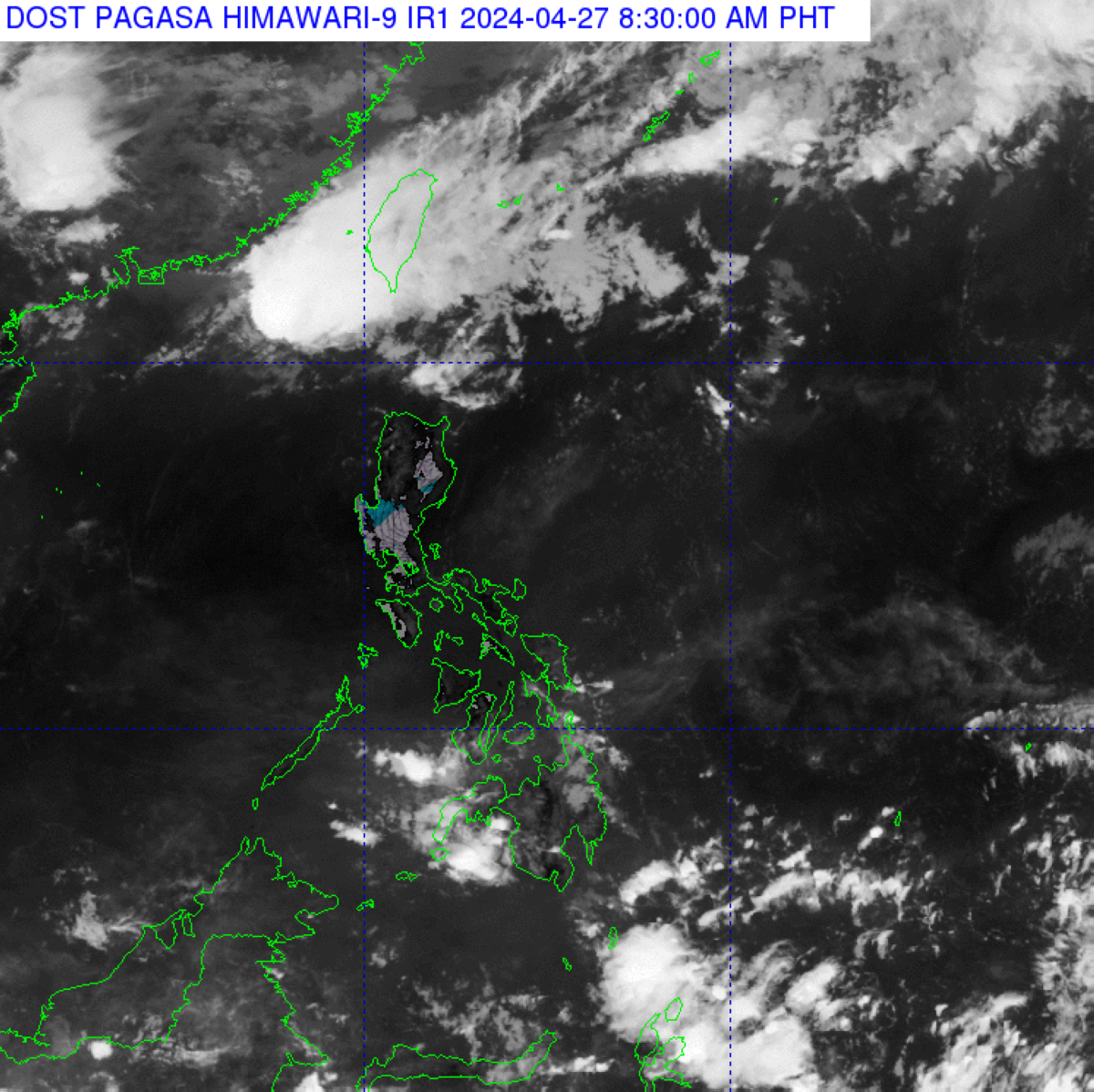In addition to the weather forecast, PAGASA also provides valuable information on the wind conditions across the country. As of the latest bulletin, the prevailing wind direction is coming from the east, with speeds ranging from 15 to 30 kilometers per hour. These easterly winds are expected to persist throughout the day and may bring a slight cooling effect, especially in areas near the coast.
The wind speed and direction are crucial factors to consider when engaging in outdoor activities, particularly those involving water sports or aviation. It is essential for sailors, surfers, and pilots to be aware of the wind conditions to ensure their safety and optimize their performance. Additionally, the wind can also affect the dispersal of pollutants and allergens in the air, which may have implications for individuals with respiratory conditions.
Moreover, PAGASA provides a detailed outlook for the sea conditions in different parts of the country. For coastal waters, a slight to moderate sea condition is expected, with wave heights ranging from 0.6 to 2.1 meters. This information is vital for fishermen, boaters, and other maritime activities as it helps them assess the feasibility and safety of venturing out to sea.
The weather update also includes a UV index, which measures the intensity of ultraviolet (UV) radiation from the sun. The UV index is categorized into different levels, ranging from low to extreme, indicating the potential risk of sunburn and other harmful effects of UV exposure. In today’s forecast, the UV index is expected to reach a moderate level, suggesting the need for sun protection measures such as wearing sunscreen, protective clothing, and sunglasses.
Lastly, PAGASA provides a summary of the sunrise and sunset times for the day. This information is not only useful for photographers and nature enthusiasts but also for individuals who plan their activities around daylight hours. Knowing the exact times of sunrise and sunset allows people to make the most of the available daylight and adjust their schedules accordingly.
In conclusion, PAGASA’s weather update provides a comprehensive overview of the current weather conditions in Manila, Philippines, and the rest of the country. From temperature ranges to wind conditions, sea outlooks, UV index, and sunrise/sunset times, this information equips individuals with the necessary knowledge to plan their day, stay safe, and make informed decisions. It is essential to stay updated with the latest weather forecasts and advisories to ensure a smooth and enjoyable experience, whether it be for work, leisure, or any other outdoor activities.
Local Implications and Considerations
Understanding the local implications and considerations of the weather forecast is essential, especially for an international audience. The Philippines, being an archipelago located in Southeast Asia, experiences a tropical climate characterized by distinct wet and dry seasons.
The mention of easterlies in the weather forecast refers to the prevailing winds that blow from the east, originating from the Pacific Ocean. These winds bring warm and moist air to the country, contributing to the formation of rainshowers and thunderstorms. It is a phenomenon unique to the region and plays a crucial role in shaping the weather patterns in the Philippines.
The temperature ranges mentioned in the forecast provide an overview of the expected heat levels in different cities. It is worth noting that the Philippines is known for its warm and humid weather throughout the year. With temperatures reaching up to 37 degrees Celsius in some areas, it is important to take necessary precautions to prevent heat-related illnesses, such as staying hydrated, wearing appropriate clothing, and avoiding prolonged exposure to direct sunlight.
Humidity levels also play a significant role in the overall comfort and perception of temperature. Higher humidity can make the air feel warmer and more oppressive, while lower humidity levels can provide a more comfortable environment. It is important to consider the humidity levels when interpreting the weather forecast and planning activities.
Additionally, the diverse geography of the Philippines contributes to variations in weather patterns across different regions. The country is home to mountains, plains, and coastal areas, each with its own unique microclimate. For example, areas located near bodies of water tend to have cooler temperatures compared to inland areas.
Furthermore, the absence of weather disturbances outside the Philippine area of responsibility implies that there are no significant storms or weather systems that pose a threat to the country at the moment. This information is crucial for individuals planning travel or outdoor activities, as it indicates a relatively stable weather outlook.
It is always advisable to stay informed about local laws, customs, and regulations when visiting or residing in a foreign country. Familiarizing oneself with the local weather patterns and understanding the implications can help individuals make informed decisions and ensure their safety and well-being.
In conclusion, the weather forecast for the Philippines provides valuable information about the local implications and considerations for both residents and visitors. Understanding the prevailing winds, temperature ranges, humidity levels, and absence of weather disturbances can help individuals plan their activities, stay safe, and make the most of their time in this tropical paradise.
Source: The Manila Times







